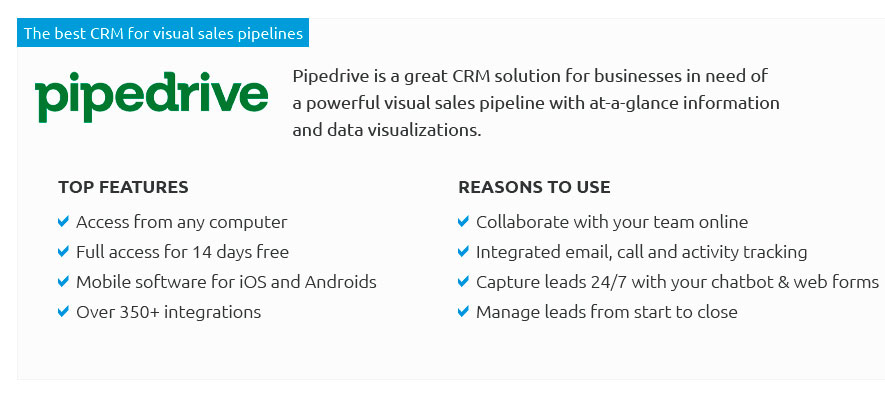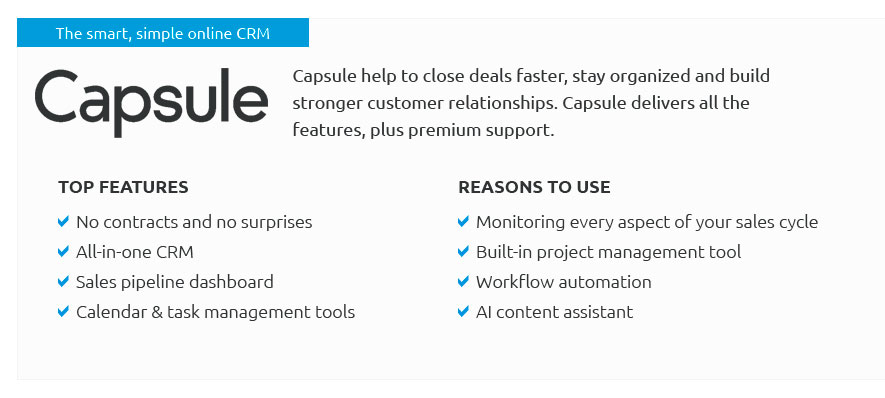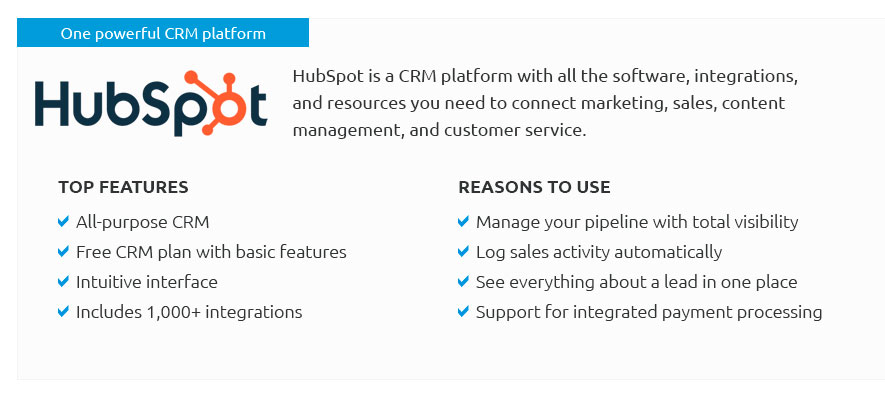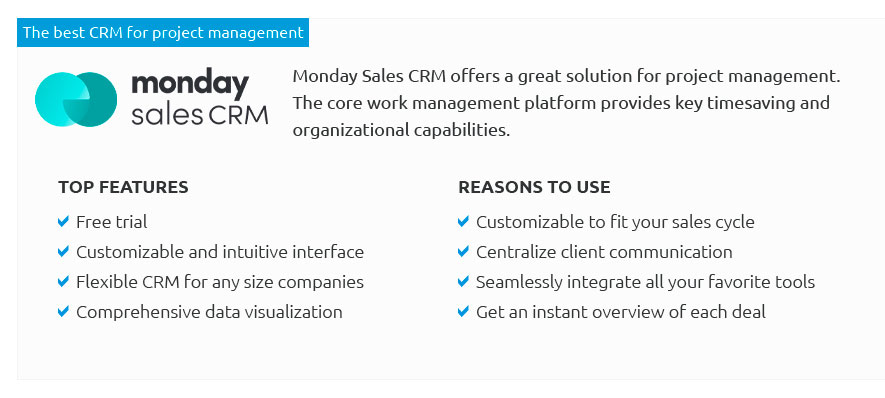 |
 |
 |
 |
 |
 |
|
 |
|
 |
|
 |
|
 |
|
 |
|
 |
 |
Understanding Automotive CRM Systems: Best Practices and Key InsightsThe automotive industry has been undergoing a significant transformation over the past few decades, driven largely by technological advancements and evolving consumer expectations. In this dynamic landscape, an Automotive Customer Relationship Management (CRM) system emerges as a crucial tool for dealerships and manufacturers alike, enabling them to cultivate deeper relationships with customers and streamline their operations. At its core, an automotive CRM system is designed to manage a company’s interactions with current and potential customers, leveraging data analytics to provide insights that can enhance the customer experience and drive sales. One of the most compelling reasons to adopt a CRM system in the automotive industry is its ability to deliver a personalized experience. In today’s market, consumers expect more than just a transactional relationship; they crave interactions that feel personal and tailored to their needs. By integrating a CRM system, dealerships can access comprehensive customer profiles that include purchase history, service records, and even personal preferences, allowing sales and service teams to provide recommendations and offers that truly resonate with the individual. When discussing best practices for implementing an automotive CRM, it is essential to consider user adoption. A CRM system is only as effective as its users, and therefore, training and support should be prioritized to ensure that all team members are equipped to utilize the system efficiently. This involves not only initial training sessions but also ongoing support and updates to accommodate new features and changes in the market. Moreover, choosing a CRM system that integrates seamlessly with existing tools and processes can significantly reduce resistance to adoption, as it minimizes disruptions to established workflows. Another critical factor in maximizing the benefits of an automotive CRM is data accuracy. Regular audits and data cleaning are imperative to maintain the integrity of the information within the system. Inaccurate or outdated data can lead to missed opportunities and erode customer trust, which is why organizations must implement robust data management protocols. Additionally, integrating the CRM with other data sources such as social media platforms and customer feedback channels can provide a more holistic view of the customer, enabling more informed decision-making.
It is also worth noting that while technology is a powerful enabler, the human element remains crucial in customer relationship management. A CRM system should not replace personal interaction but rather enhance it, providing team members with the tools and insights they need to build genuine relationships with customers. By fostering a culture that values both technological innovation and personal connection, automotive businesses can create a customer experience that is both efficient and empathetic. In conclusion, an automotive CRM system, when implemented thoughtfully, can serve as a powerful catalyst for growth and customer satisfaction. By focusing on user adoption, data integrity, and seamless integration, businesses can harness the full potential of their CRM to transform their customer interactions and stay competitive in a rapidly evolving market. As the industry continues to advance, those who leverage these systems effectively will likely find themselves not only meeting but exceeding the expectations of the modern consumer. https://www.salesforce.com/automotive/crm-guide/
Automotive CRM is a software platform that helps dealerships organize customer data, automate tasks, and improve efficiency. https://ossisto.com/blog/automotive-crm-companies/
An automotive CRM, or Customer Relationship Management system, is a specialized software platform designed specifically for the automotive industry. It serves ... https://www.focussoftnet.com/us/centra-auto-crm-software?srsltid=AfmBOooGT1DeevKXW3t8CJhNPKespQ8W1oWw5mwhjvmE2zPahlOkWzgx
CentraHub AUTO is a powerful automotive software designed to revolutionize the way automotive businesses operate.
|